I’ve been a big fan of Precision Hydration for a few years now, and use their products in all of my races. So does most everybody I train with.
So I decided to reach out to Andy Blow, founder of the company, to get his take on hydration, and of course his Ironman hacks.
Note: If you want to buy Precision Hydration, scroll to the bottom of the page.
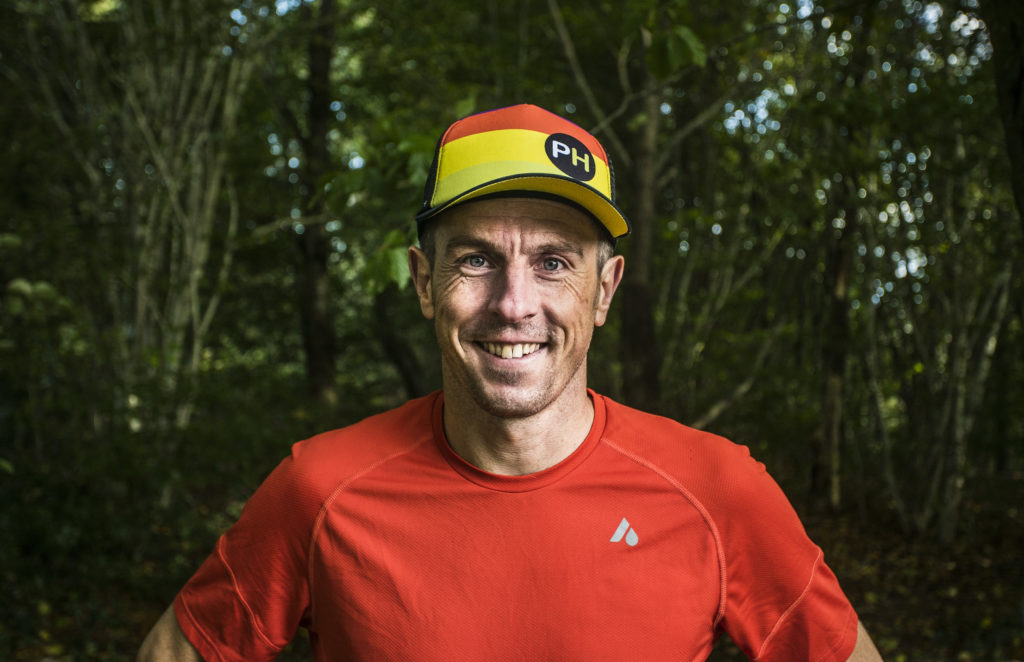
First of all, what’s your 30 second intro of Precision Hydration? How would you describe what you and PH do to our readers?
We Sweat Test athletes and can provide them with Personalised Hydration Plans and electrolytes that match how they sweat. We do this because there is no ‘one-size-fits-all’ approach to hydration that works for everyone.
We work with a long list of pro and elite athletes in a wide range of sports from Premier League soccer to Formula 1, the NFL, MLB, NBA and NHL. However, we especially enjoy working with endurance athletes and triathletes in particular.
In 2019 we’ve helped Sarah Crowley to 3rd place pro in Kona, Carrie Lester to 3 Ironman titles (and a Kona top 10) to name just a couple of recent success stories.
We’re always on the end of an email or phone call to help athletes refine their hydration strategies – feel free to get in touch at Hello@PrecisionHydration.com.
Could we know a bit about your background?
It was my own struggles during my career as a triathlete that led to the concept of Precision Hydration being born.
I was a regular podium finisher in elite short course triathlons in my younger days but I endured a torrid time with cramping and suffered badly from hydration-related issues when racing in the heat and in longer Ironman races.
I followed the widely accepted hydration advice available at the time, before several years of trial and error helped me work out that effective management of my individual sodium and fluid intake helped maintain my performance.
After obtaining a degree in Sports and Exercise Science, I worked alongside the respected heart surgeon, Dr Raj Jutley, who introduced me to the concept of sweat testing.
This opened my eyes further to the huge variance in sweat and sodium losses that occur from athlete-to-athlete (some lose as little as 200mg/litre of sweat, whereas others lose as much as 2000mg/l!) and so it became clear that a ‘one size fits all’ approach to hydration simply doesn’t work.
Things progressed further and we gained exclusive access to patented sweat testing technology, which has a long and credible history as a diagnostic test for cystic fibrosis.
We found that the electrolyte products that were on the market at that time weren’t strong enough to meet many more serious athletes’ needs, so we developed our own range of PH electrolytes.
Since then, we’ve gone on to work with elite cyclists, runners, triathletes and more, while we’re now providing our services to professional teams in the Premier League, NBA, NFL, MLB, NHL, and beyond, while we’re the official hydration partner of Pro Cycling’s Team Sunweb.
Our services aren’t limited to the world of sport either as hydration is becoming an increasingly important part of occupation too and we’ve worked with firefighters and service personnel, who are exposed to high levels of heat and stress.
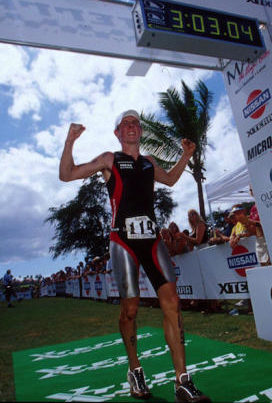
Please tell us about sweat (sodium) testing and why it’s so important.
We’ve built up a wealth of data on how athletes sweat and we offer two forms of Sweat Test.
Online Sweat Test
Our online Sweat Test uses an algorithm-based questionnaire. We sent the data from thousands of Advanced Sweat Tests to researchers at Sheffield Hallam University and they found a very strong correlation between how athletes perceive their sweat rate & sweat sodium concentration and reality.
(We ask the same subjective questions in the Advanced Test as we do in the online version and we compare athlete’s perception of their sweat pre-test to the actual sweat test data).
In other words, salty/heavy sweaters tend to know that they’re losing a lot of sodium in their sweat because they see the evidence on their kit and tend to suffer with hydration-related issues because they’re not replacing enough of what they’re losing in their sweat.
The online Sweat Test is a starting point for some good old fashioned ‘n=1’ trial and error in training, from which you can refine things based on how you respond to our advice.
We like to use this analogy: the online Sweat Test allows us to suggest that Athlete X is a Small and Athlete Y is a Large, which is likely to be a better starting point for finding a shirt that fits you than simply giving everyone a Medium, which is what most sports drink brands are currently doing, whereas our Advanced Sweat Test is like buying a tailored shirt.
Advanced Sweat Test
The current ’gold standard’ for personalising your hydration plan is to take our Advanced Sweat Test, which will tell us very accurately how much sodium you lose in your sweat.
This is largely genetically determined and it’s relatively stable after infancy, so in most cases you’ll only need one test in your life in order to understand an important part of the hydration equation.
The Advanced Sweat Test is available at our network of Sweat Test Centres around the world and you can find your nearest location here.
The test is carried out at rest (so no need to run around and get sweaty!) and the whole process takes around 45 minutes, which includes a chat about your Personalised Hydration Strategy.
You’ll immediately receive an email copy of your strategy and regular emails from Andy to ensure you’re on the right track with your hydration.

Once you know your sodium loss rate, how do you calculate how much sweat you have lost? It seems like sodium is only part of the equation. And how much do your sweat losses vary between the run and the bike?
The concentration of sodium in your sweat is largely genetically determined and it forms one part of the equation when it comes to personalising your hydration strategy.
There are two main pieces of the puzzle when looking at sweat; Sweat Rate (how much fluid you’re losing via sweat) and Sweat Sodium Concentration (the concentration of sodium in that sweat).
Sweat Rate changes almost constantly and is affected by a number of variables, such as work rate, temperature, humidity, clothing, and many more. Whereas Sweat Sodium Concentration remains relatively stable throughout your life, with research suggesting it’s largely determined by genetics.
We recommend calculating your ‘sweat rate’ (i.e. how much fluid you lose in your sweat) in a variety of different conditions and we have a very handy ‘how to’ guide here: How to measure your sweat rate.
You can keep a record of your Sweat Rate in different conditions by using this spreadsheet: Sweat Rate Resources.
From here, we can use some good old fashioned ‘trial and error’ to help refine your hydration strategy further.
It seems like there’s a lot of emphasis on sodium, but what about the other electrolytes? I know PH 1500, for example, has potassium, magnesium, and calcium but it seems nobody talks about those much.
I think it’s important to point out that the key feature of our entire product range is sodium, which plays a prominent role in fluid balance and the absorption of nutrients in our gut, so the focus is on the replacement of sodium lost through sweating.
The majority of the ions lost through sweating are sodium (~89%), with only a small proportion of the total ions lost being made up of the other minor electrolytes.
Since we produced our range of all-natural powders we found that we were able to bring the quantities of the minor electrolytes in-line with the typical losses seen in humans.
Despite the vast variation we see in sweat sodium concentrations (anywhere from ~200mg/l up to ~2000mg/l) research has shown that there is little variation in the total amount of the remaining minor electrolytes from individual-to-individual.
Therefore, sodium replacement should remain the main focus from a hydration point-of-view, with the difference to the minor electrolytes having little effect from a performance standpoint.
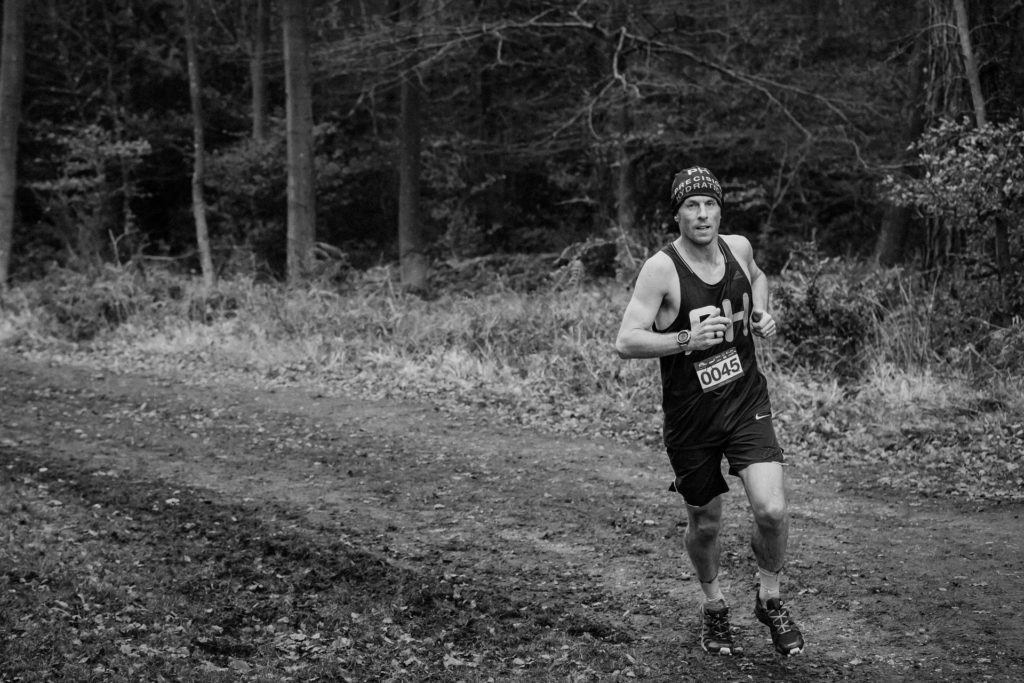
I heard you on a TrainerRoad podcast mention you weren’t a fan of what my friends and I call the meth lab approach. This is when you mix thousands of mg of sodium and calories into a single bottle.
I recently put 5,100 mg of sodium, 1,200 calories, and 250g of carbs into a single bottle for Ironman Malaysia (Hammer Perpetuem + PH 1500). Besides being so rich it burned, it did the job well, and it was simple.
Simple because once set up I could forget it and just race. What’s wrong with this as long as you chase each sip with plenty of water?
This is a really good question and one we get asked on a regular basis. It comes back down to the fact a ‘one size fits all’ approach doesn’t work – what works for one athlete might not work for another.
Ultimately, if you’re throwing everything in one bottle and getting on just fine, then crack on, but if you’re having issues then it might be worth considering keeping your hydration and nutrition separate…
We recommend keeping your fluids for hydration, while getting your nutrition from solid + semi-solid sources.
The reason we recommend this is because the ‘tonicity’ (i.e. ‘thickness’ / concentration) of your drink matters. It affects how much energy it can deliver and how quickly you can absorb the fluid into your bloodstream to replace what you’re losing in your sweat.
All of our PH drink mixes are hypotonic (a lower concentration than your blood) which means that they are absorbed into the bloodstream from the gut the fastest due to osmosis.
If you mix PH which a carb-rich energy powder, you risk turning the drink isotonic (the same concentration as the blood) or hypertonic (a higher concentration than the blood) which means it’ll take much longer to absorb and you run the risk of day-ruining GI issues.
Furthermore, putting everything in one bottle also gives you less flexibility to respond to how you feel at a given moment. For example, if weather conditions are hotter than anticipated and you’re feeling really thirsty – but you’re feeling ok energy wise – you can’t drink without taking in unwanted calories too.
Leaving your fluids for hydration and getting your energy from other sources gives you more control.
Of course, you still need to get carbs in during events longer than ~90 mins, so how do you do that if you’re giving up energy drink mixes? You probably need ~40-90g of carbs per hour (depending on your body size).
If you’re drinking our all-natural drink mixes then you’ll be getting ~17g per 500ml (16oz) through your drinks, so that’s a start.
The rest of your carbs can come from sources like:
- Gels. Most = ~20-25g but some = ~35-40g.
- Bars and “bites”. A choc-chip ClifBar = ~45g. A Go Faster Foods Go Bite = 6.7g. It’s a good idea to have a few options to avoid getting sick of one thing.
- Naturally portable real foods like bananas are good too. 1 banana = ~27g of carbs.
- Sweets like Jelly Babies can be a nice way to mix things up in longer events. 8 sweets = ~42g.
- Chews i.e. Clif Bloks, 4 cubes ~31g.
For more ideas and some example scenarios, I would recommend reading our blog on how PH fits into your wider nutrition plan.
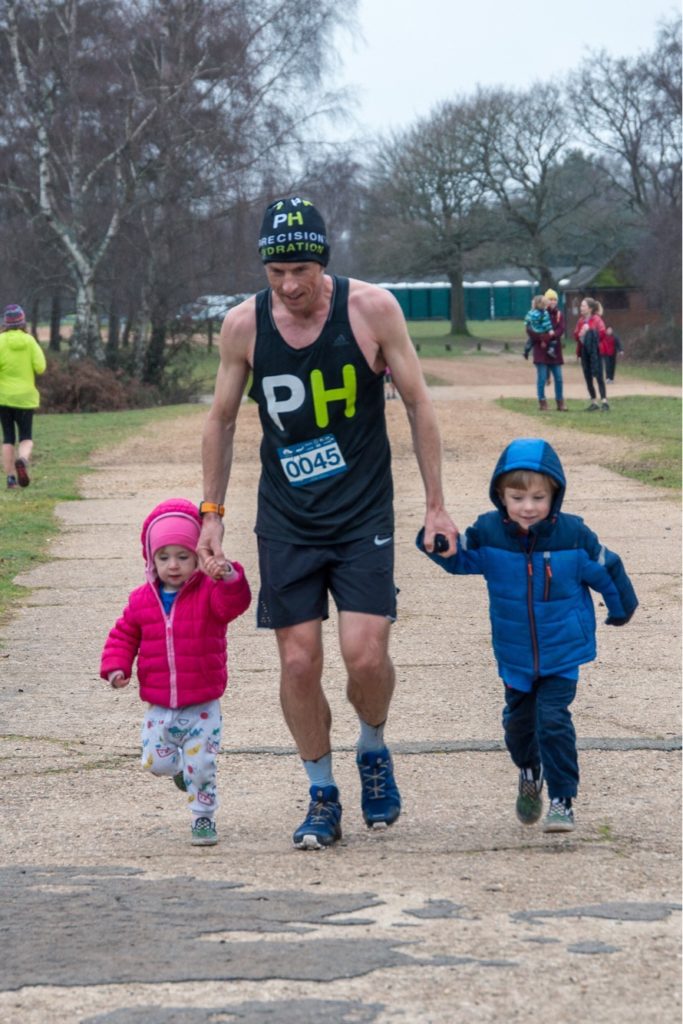
I’ve seen cost/sodium analyses of other products have seen other sources of sodium that are cheaper. Why is it worth it to pay more for PH?
I have my reasons and have not opted for the cheaper brands, but would love to hear yours.
Our strongest electrolyte drink (PH 1500) is 3 x stronger than most brands out there when it comes to sodium content. It’s worth mentioning here that sodium citrate is used in the PH powder products as it has a couple of key advantages over Sodium Chloride (regular table salt) when formulating a sports drink.
Firstly, sodium chloride makes things taste very characteristically ‘salty’ and if you put as much of it into a formulation as would be required to give 500/1000 or 1500mg sodium per litre it would make a drink that would taste a lot like mild seawater! Not a great taste when you’re working hard. Although sodium citrate still has a lot of sodium with it, it tastes way less salty in solution than sodium chloride does so that’s a key advantage.
Secondly, sodium chloride in a drink can be quite irritating to the stomach and cause some people to feel queasy or to be sick. It’s quite acidic, whereas sodium citrate is alkaline, which tends to be much easier to drink and absorb in the large quantities athletes often need to drink to stay hydrated.
You can see from the reviews on our website, Facebook page and Amazon, that many of our customers enjoy the mild citrus taste of PH and how kind it is on their gut.
A cost-analysis in terms of sodium content means PH is actually very reasonable and we believe we’re more than just a supplier of electrolytes. We pride ourselves on our customer service and providing individualised advice to help athletes refine their hydration strategies. Feel free to email any questions you might have to James at Hello@PrecisionHydration.com (we aim to respond to all email enquiries within 12 hours).
It’s also worth recognizing that all of our products are either Informed Choice/Informed Sport batch tested (in the UK and rest of the world) or NSF Certified for Sport (in the USA).
This is a costly process but helps to ensure that our drinks and capsules are free from any contamination with substances on the WADA anti-doping list – something that a great many of our competitors aren’t able to offer.
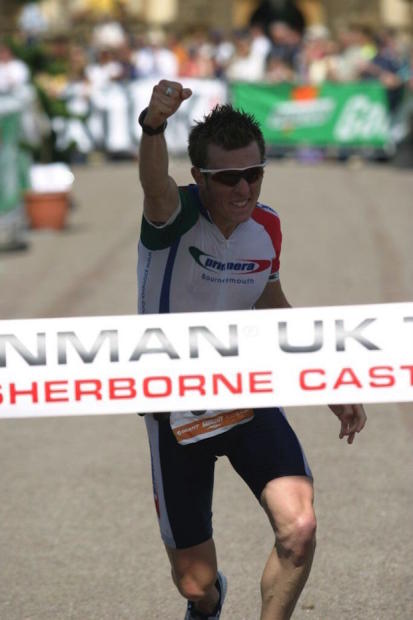
It seems like everybody wants a magic number and exact instructions on what to do. Is this really possible? What if you know all your figures: Sodium loss, sweat loss, caloric/carb needs and more.
Is it unrealistic to be able to race by the numbers or do you advocate those numbers as a starting point only, not the final truth? How much would you adjust those during your race?
It’s always good to have a plan of what you’re going to eat and drink during an Ironman, which is something you can base on trial and error during your training. Your training sessions are the perfect time to refine your hydration and nutrition strategy, so that you feel confident in what you’re going to do come race day.
Having said that, your plan needs to be flexible enough to account for everything that comes with race day (e.g. extreme heat, a bitterly cold day etc) and so you can adapt. There are a few factors that can complicate the hydration equation, so athletes’ sweat rates can vary from to day-to-day (which is why we recommend measuring your own sweat rate under a variety of different conditions), as can the level of dehydration that they can tolerate.
We recommend listening to your sense of taste and thirst during the course of your race, rather than thinking ‘I must drink X amount in the next hour’ because that way you risk either drinking too much or too little.
Time and experience will help you hone your own instincts so you can react to your body’s needs accordingly in races.
Have a plan in place but have the confidence to be flexible and adapt to whatever race day might throw your way.
Finally, what Ironman hacks can you give our readers? (A few simple tips to a faster or better race, like “wear aero kit, check the course the day before, know the on-course nutrition, etc”)
Without a doubt my biggest ‘hack’ (if you can all it that) for long distance racing is to work out and rigorously stick to a sensible pacing plan in the first half of the race.
So many athletes derail a potentially good result with poor pace judgement because it’s so tempting (and easy) to go out hard. If you do pace yourself properly, the chances of knocking out your best possible result are dramatically improved!
More about Precision Hydration
Buy Precision Hydration
IronmanHacks is reader-powered. So if you buy any products from links on this page, we may receive a small commission at no extra cost to you. Thank you for supporting us!
This is the main PH product I use and I put it in the bottles on the bike.
These are what I carry on the run. I have them in T2 and then I store them in my rear pocket while running.
This is what I hydrate with before and after races and at home and in the office after training.
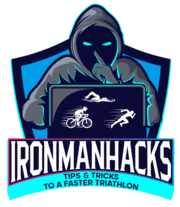
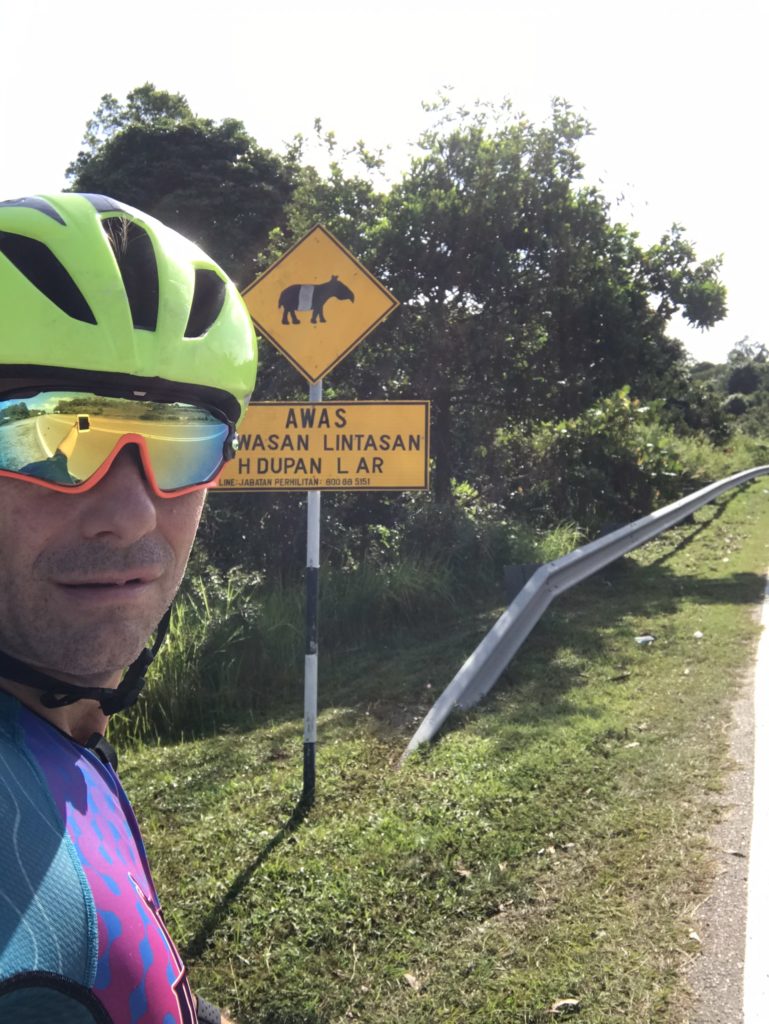



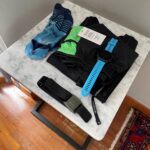



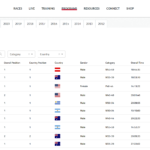
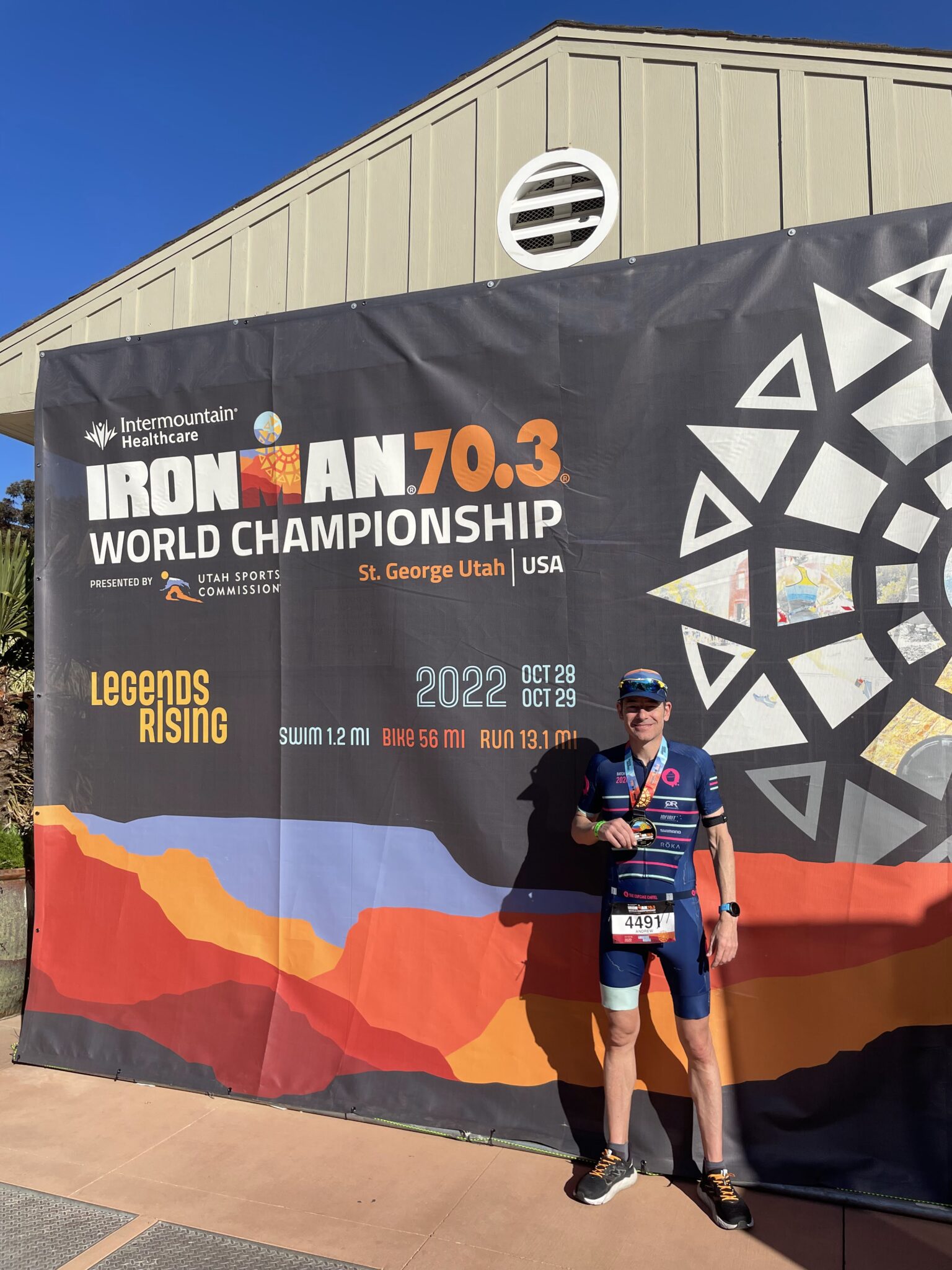


Leave a Reply
You must be logged in to post a comment.